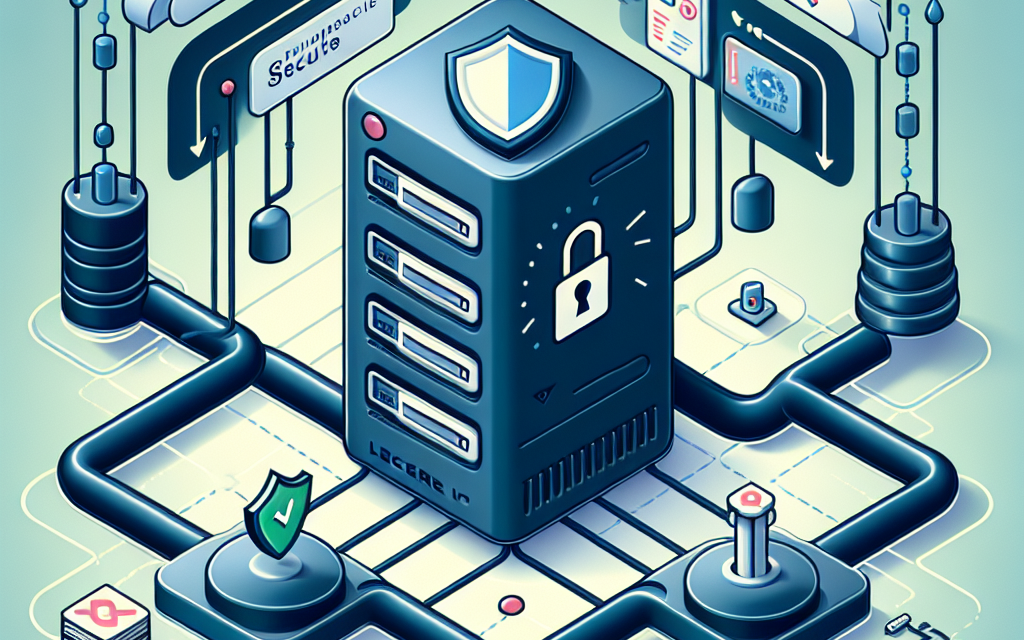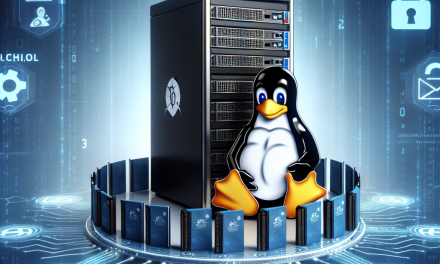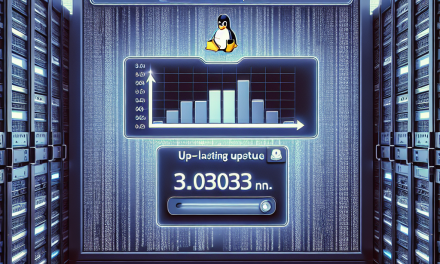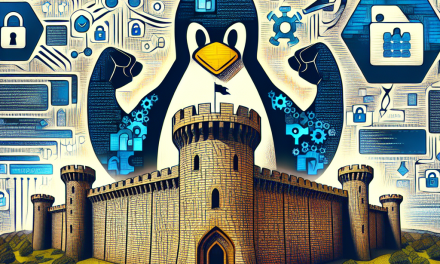Continuous Integration and Continuous Deployment (CI/CD) have become essential practices in modern software development. They streamline the process of building, testing, and deploying applications, but with increasing automation comes a higher responsibility for security. In this article, we’ll explore how to implement secure CI/CD pipelines on Linux servers, focusing on best practices, tools, and approaches that can fortify your deployments against potential vulnerabilities.
Understanding CI/CD
CI/CD is a method that emphasizes automation in the integration and deployment phases of software development. CI ensures that code changes are automatically tested and merged, while CD pushes these changes to production after sufficient testing.
Why Security Matters
As attacks on software supply chains grow in sophistication, ensuring the security of your CI/CD pipeline is crucial. A compromised pipeline can lead to deploying flawed or malicious code, ultimately endangering both your application and its users.
Setting Up a Secure CI/CD Pipeline
1. Use a Version Control System (VCS)
Git is the most common VCS used in CI/CD processes. Ensure that:
- Repositories are private.
- Access control mechanisms are enforced.
- Pull requests undergo mandatory code reviews.
2. Implement Role-Based Access Control (RBAC)
Limit access to your CI/CD tools and repositories based on roles:
- Use tools like GitLab or GitHub to assign permissions appropriately.
- Maintain the principle of least privilege, allowing users only the permissions necessary for their role.
3. Use Secure Authentication
Always use strong authentication mechanisms:
- Implement SSH keys for code and server access instead of passwords.
- Utilize two-factor authentication (2FA) for access to CI/CD tools.
4. Secure Secrets Management
Prevent hardcoding sensitive information like API keys and passwords in your code:
- Use secret management tools like HashiCorp Vault, AWS Secrets Manager, or Kubernetes Secrets.
- Ensure environment variables are used instead of plaintext secrets.
5. Container Security
Containers are widely used in CI/CD for deployment. To secure them:
- Use minimal base images to reduce the attack surface.
- Regularly update images and dependencies.
- Scan images using tools like Trivy or Clair.
6. Infrastructure as Code (IaC) Security
Managing infrastructure using tools like Terraform or Ansible:
- Implement code reviews to catch security issues early.
- Use static code analysis tools to identify vulnerabilities in your IaC configurations.
7. Set Up Monitoring and Logging
Integrate logging and monitoring into your pipeline:
- Use ELK Stack (Elasticsearch, Logstash, Kibana) for centralized logging.
- Implement monitoring tools like Prometheus or Grafana to detect anomalies in real-time.
8. Regular Security Audits and Penetration Testing
Conduct regular audits and penetration tests to identify security weaknesses:
- Schedule automated scans using tools like Snyk or OWASP ZAP.
- Engage third-party security firms for comprehensive penetration testing.
9. Implement CI/CD with Security in Mind
Select CI/CD tools that prioritize security:
- GitLab CI and Jenkins offer built-in security features and plugins.
- Regularly update CI/CD tools to protect against known vulnerabilities.
10. Maintain Compliance and Documentation
Ensure your CI/CD practices comply with industry standards:
- Follow compliance frameworks relevant to your industry (e.g., GDPR, HIPAA).
- Document all CI/CD processes, access controls, and security practices.
Conclusion
Implementing a secure CI/CD pipeline on Linux servers requires diligence and a proactive approach to security. By incorporating these best practices into your processes, you can safeguard your deployments and maintain the integrity of your software. Remember that security is not a one-time effort, but a continuous process that evolves with your infrastructure, tools, and threat landscape.
By following the strategies outlined in this article, you can build a robust pipeline that not only accelerates your deployment process but also secures it against emerging threats.
Happy coding!





